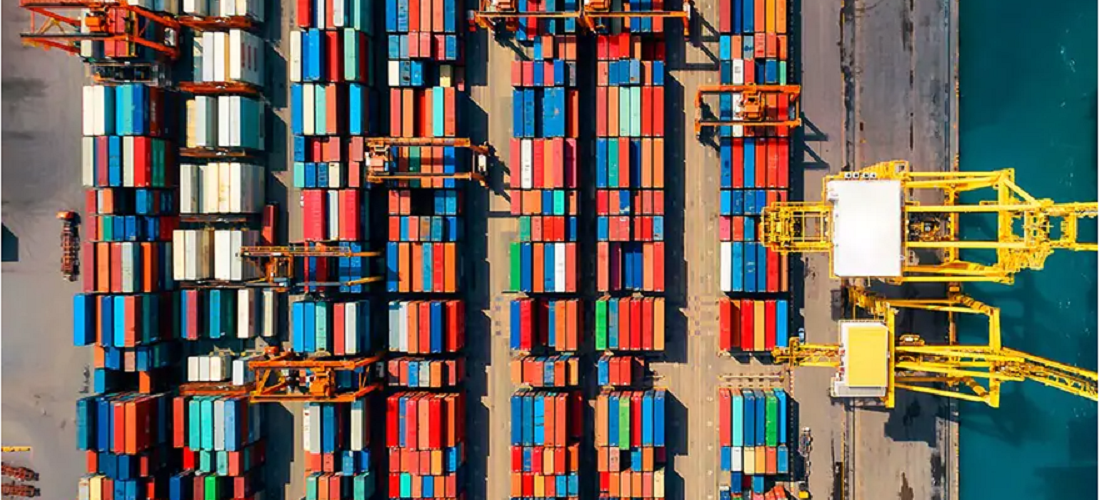
Only 0.88% of Brazilian companies are exporters
Jun, 28, 2023 Posted by Gabriel MalheirosWeek 202325
A sector that is growing but needs to overcome disparities. This is the context of the 24,931 Brazilian companies involved in export activities, only 0.88% of the active companies in the country in 2020.
This finding comes from the study “Profile of Brazilian Exporting Firms,” which was released on Monday (26) by the Ministry of Development, Industry, Commerce, and Services (MDIC). The results reveal the concentration of exporting companies, which, although few in number, account for 15% of formal jobs in the country, employing 5.2 million workers.
Since the study is based on data from two years ago, it covers the situation of exporting companies up until 2020.
Exporting companies continue to be concentrated in Brazil’s South and Southeast regions. In 2020, 42.8% of Brazilian companies selling abroad were located in São Paulo, with Rio Grande do Sul in second place at 11.1%.
When comparing the relationship between the number of companies and the state’s share of exports, the disparities grow. The state of São Paulo concentrates 20% of foreign sales, while Rio Grande do Sul accounts for 6.7%. On the other hand, Mato Grosso do Sul, whose exports are primarily agricultural and livestock-based, has only 0.7% of exporting companies, despite representing 2.8% of the exported value.
Barriers
The expansion of the export sector faces various barriers. In addition to regional inequalities, the company’s size plays a crucial role in its ability to sell abroad. According to the study, 84.5% of non-exporting companies have up to nine employees. Among the companies that sell abroad, 26.5% have 50 to 249 workers, while 30.8% have 10 to 49 workers.
According to Tatiana Prazeres, despite the concentration in the extractive industry (exporters of oil and ores), larger businesses are favored in all sectors surveyed. “Micro and small companies find obtaining information about foreign markets more challenging and often struggle with bureaucracy. This generates costs,” the secretary analyzes.
The sector in which a company operates also affects its export capacity. On average, only 1% of companies have a chance of selling abroad in their first ten years of operation. The probability rises to 4% in the manufacturing industry and 7.9% in the extractive sector.
Markets
Regarding the destination of goods, the study found that despite the total predominance of Brazilian exports to China and the United States, Mercosur and Latin America continue to be the most important destinations. In 2020, according to the most recent data, 61% of Brazilian exporters sold their products to Latin American countries.
According to the MDIC, two factors contributed to this result: the proximity of the countries and the low volume of tariff barriers, particularly among Mercosur countries. However, when looking at the growth between 2018 and 2020, larger markets led the way, with exporters increasing their sales by 24% to China, 21% to the United States, and 16% to the European Union.
Source: Agência Brasil
To read the original report, please visit: https://agenciabrasil.ebc.com.br/economia/noticia/2023-06/apenas-088-das-empresas-brasileiras-vendem-para-o-exterior
-
Ports and Terminals
Feb, 08, 2024
0
Court suspends OSX’s rental contract with Açu Port
-
Economy
Oct, 27, 2023
0
Argentina faces gasoline shortage as newest chapter of the currency crisis
-
Other Logistics
May, 21, 2021
0
Paraguay: Bioceanic Route inaugurates new stretch and completes 159 kilometers
-
Ports and Terminals
Oct, 12, 2020
0
Uruguay to dredge Port of Montevideo to 14 meters


